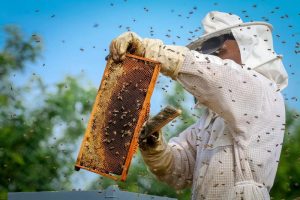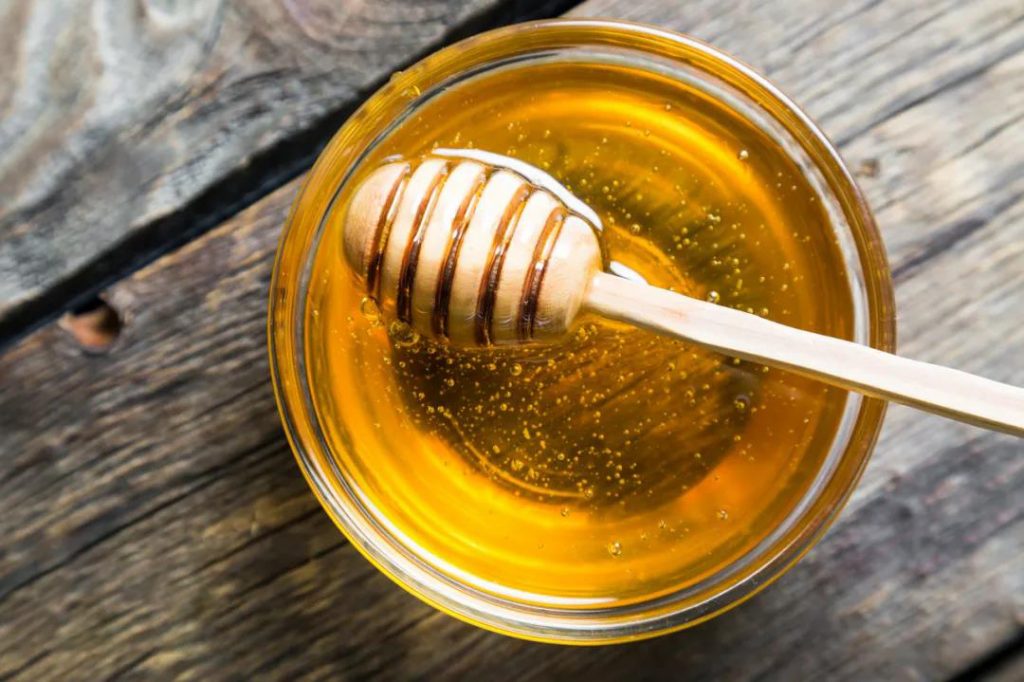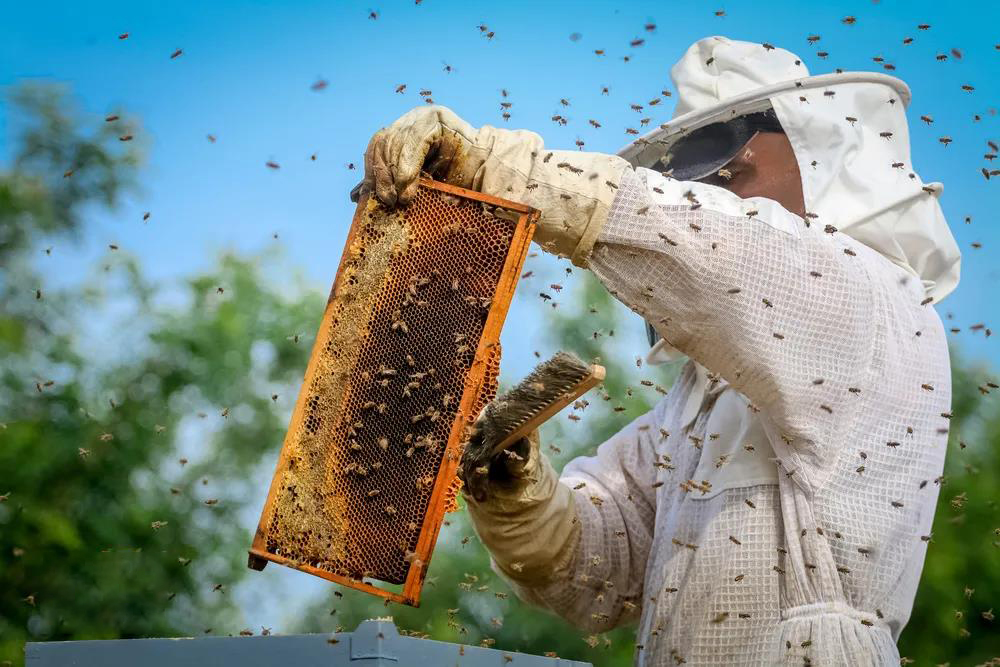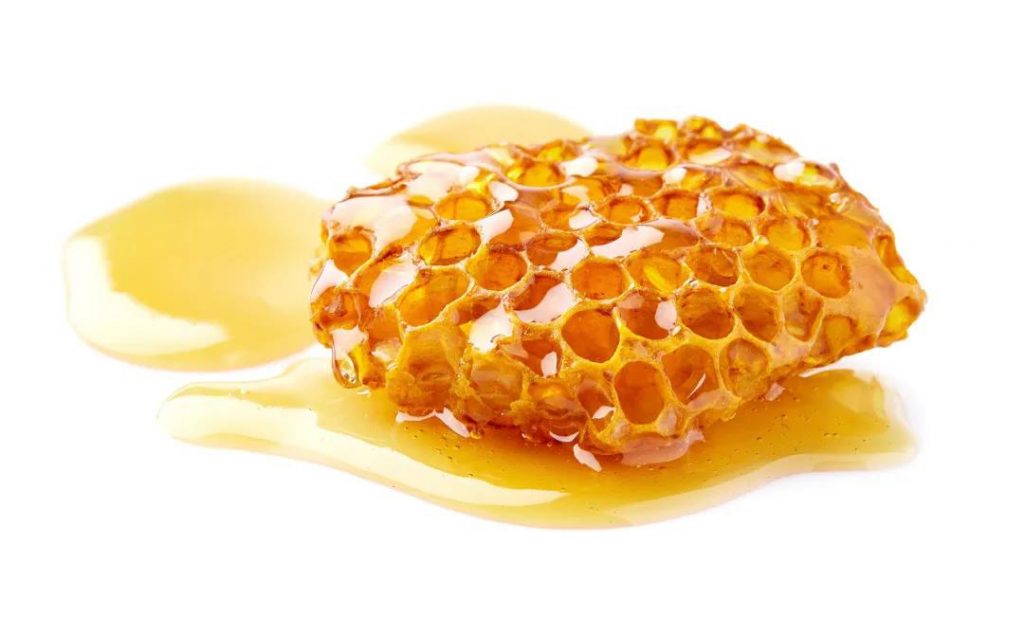
Archaeologists once found ancient honey in Egyptian tombs, which can still be eaten.
The reason why honey can be stored for such a long time and is not easy to deteriorate is that bees repeatedly carry out a series of dehydration actions in the process of collecting honey and producing honey.
In addition, there are some enzymes in honey that can turn disaccharide into monosaccharide and then turn monosaccharide into acid, which help honey form higher sugar concentration and not easy to crystallize, And the low pH value is not easy to deteriorate, which is not conducive to the survival of microorganisms.
The gradual rise of modern beekeeping industry stems from the discovery of the use of honey thousands of years ago and the long-term desire of human beings to collect a large number of honey.

In Spanish cave murals dating back to 8000 years ago, archaeologists found scenes depicting humans collecting honey from wild bee colonies. It is worth mentioning that they collected honey without the protection of beekeeping clothes, which shows that even in ancient times, honey was irresistible.
What is this sweet golden liquid? How do bees make it?
As the name suggests, the production of honey is a characteristic of a bee we call bees (APIs). Some of their close relatives, such as wheat bees and bumblebees, also make substances similar to honey. However, the pure honey of bees has one remarkable feature: it never deteriorates.
“Honey is hygroscopic, that is, it can absorb water from the air. But when the water content increases to be suitable for yeast growth, it will make honey ferment and stink,” said Lewis Bartlett, a postdoctoral fellow at the University of Georgia who studies bee diseases and evolution The natural process of honey production by bees greatly reduces the water content of honey, so that no microorganisms (including yeast) can survive in honey for long enough to deteriorate it. As long as honey remains sealed, it can remain delicious forever – which explains why scientists found edible honey in dry ancient Egyptian tombs!

The unique and delicious chemical composition of honey is promoted by many factors. Honey is made from nectar collected by worker bees from flowers. Its main components are sucrose, glucose and fructose. Once the nectar is brought back to the hive, bees pass it back and forth in each other’s mouths. This process is called trophallaxis, which helps to reduce the content of water.
The worker bees then store the honey to be made in the hive’s storage room, where the high temperature will further lead to the loss of water evaporation. Once the water content is low enough, bees cover the honey with beeswax.
“The whole process is fast, maybe less than a week, but it also depends on the biological processes in the population,” Bartlett said
When it comes to biological processes in bee colonies, bees themselves affect the chemical composition of honey in many ways. Bee digestion can decompose sucrose in nectar into glucose and fructose. If it stays at this stage, it will create the best food source for microorganisms such as yeast, which is not conducive to the storage of honey.
But at this time, one reason is that the water content of honey is low enough to limit the growth and reproduction of these microorganisms, and the other is that bees add an enzyme against microorganisms: glucose oxidase to honey. The enzyme promotes the oxidation of glucose to produce hydrogen peroxide, a compound with strong antibacterial properties.
In short, bees use a combination of Biochemistry and behavior to turn nectar into honey. But why would they do that? It turns out that bees love honey for the same reason as us: honey is a long-term food source rich in sugar. Because there are no flowers to feed on in winter and the weather is too cold for them to fly, they need a lot of honey to help the bees survive the winter.

Some beekeepers try to replace bees to complete some steps of honey production, which is sometimes necessary. For example, when the weather is too wet, it may be difficult for bees to reduce the water content of honey.
Beekeepers will remove the honey and try to evaporate the remaining water by themselves. However, some people think that the honey produced in this way is not perfect. “I don’t like it very much,” Bartlett said. “I think it tastes different.”
Climate change will change global temperature and humidity levels, and the process of bees and beekeepers making their favorite honey will become more difficult.
However, considering the development of beekeeping industry from the era of Spanish cave murals 8000 years ago, we have every reason to believe that human wisdom and action against climate change will produce a solution as sweet as honey.
Comments